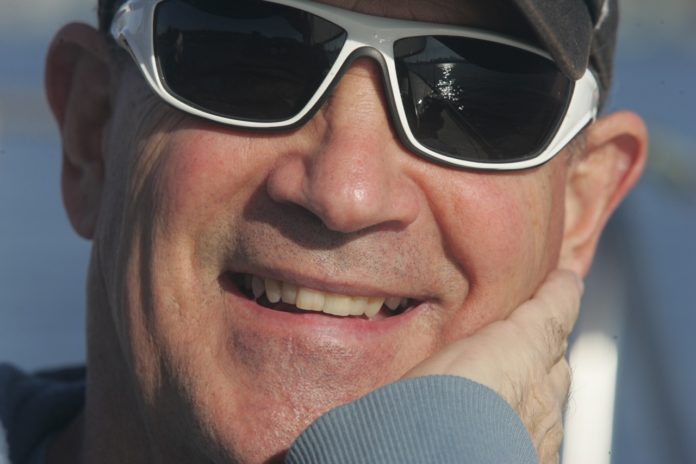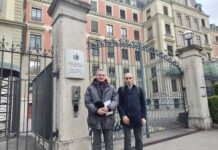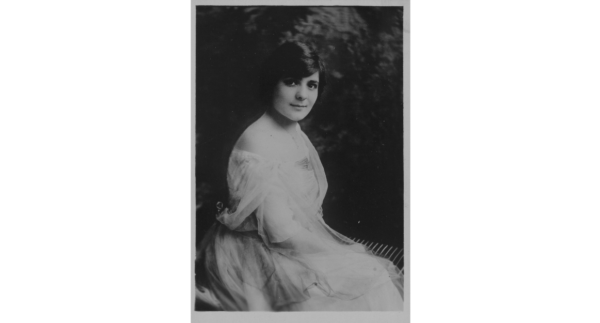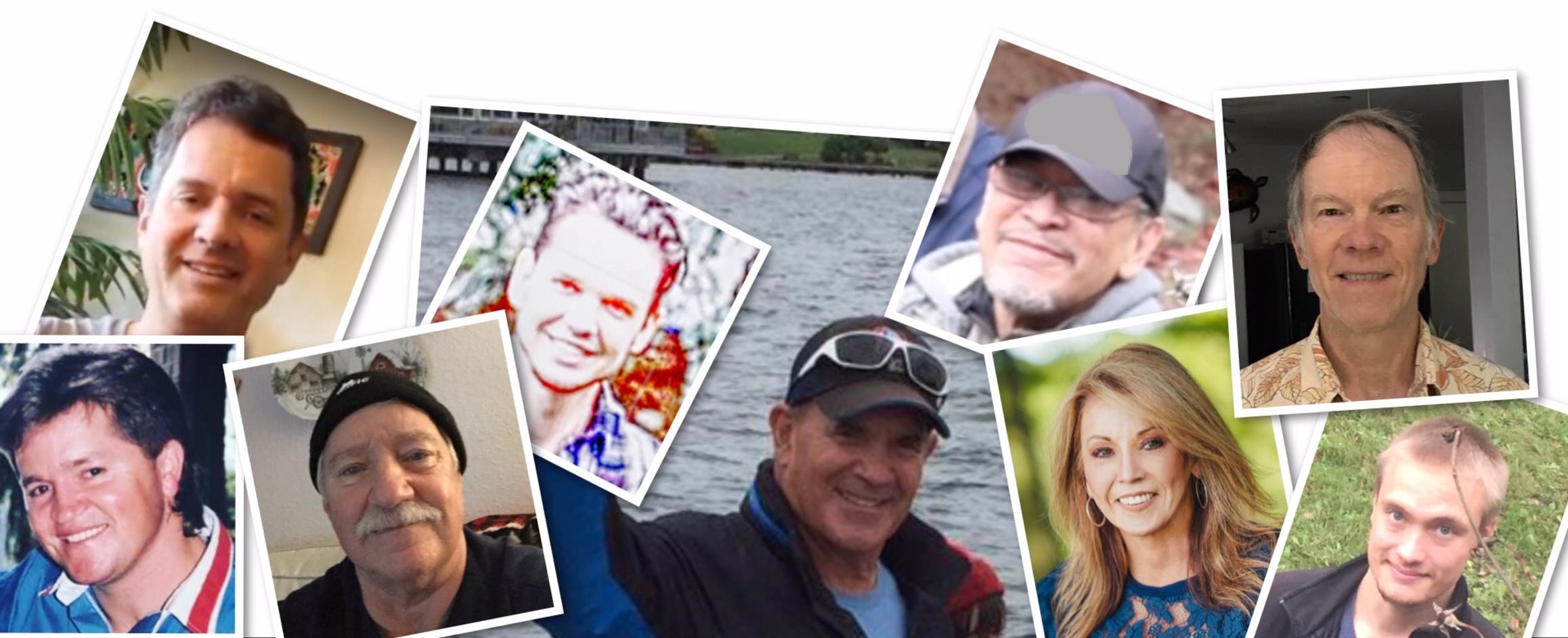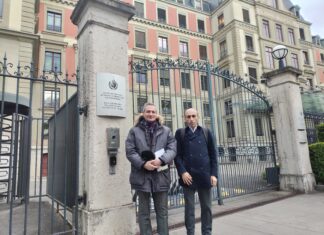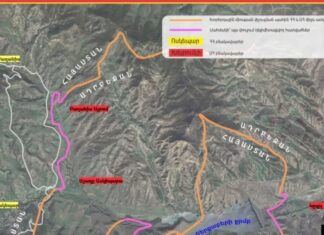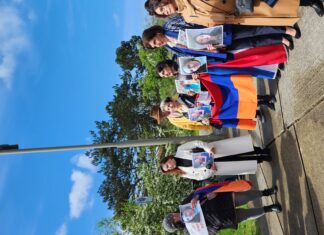YEREVAN / MERCER ISLAND, Wash. — My subject is American composer Stephen L. Lamson. Born in 1951 in Seattle, he grew up on Mercer Island, where he resides now. Throughout his childhood, music played a major role in his life. From the age 6 to 9, Lamson played drums, then began teaching himself piano.
Stephen, how would you describe how you compose?
I compose in a natural, more simplistic way, from the heart. My passion and emotions are the driving force.
When I read in January 3 issue of Mercer Island Reporter about you being a composer with Armenian roots, I immediately guessed you may be the grandson of Armenian-American physician and author Armenuhi Tashjian Lamson. Am I right?
Yes, that is correct. Armenuhi or Armenouhie, or Armani as we called her, was a well-known medical artist or medical illustrator (the first in the world, we heard) and would spend hours in the actual operating rooms doing incredibly detailed medical drawings (they looked like photographs) of organs and detailed medical procedures. She was also involved with many civic activities, charities and any Armenian cause. Her husband, Dr. Otis Lamson, was a surgeon and also one of the original founders of the Swedish Hospital in Seattle.
In 2020 I wrote a small article in Armenian introducing our readers to your amazing grandmother on the occasion of the 50th anniversary of her death. What memories do you have from Armenuhi Lamson?



